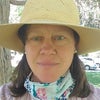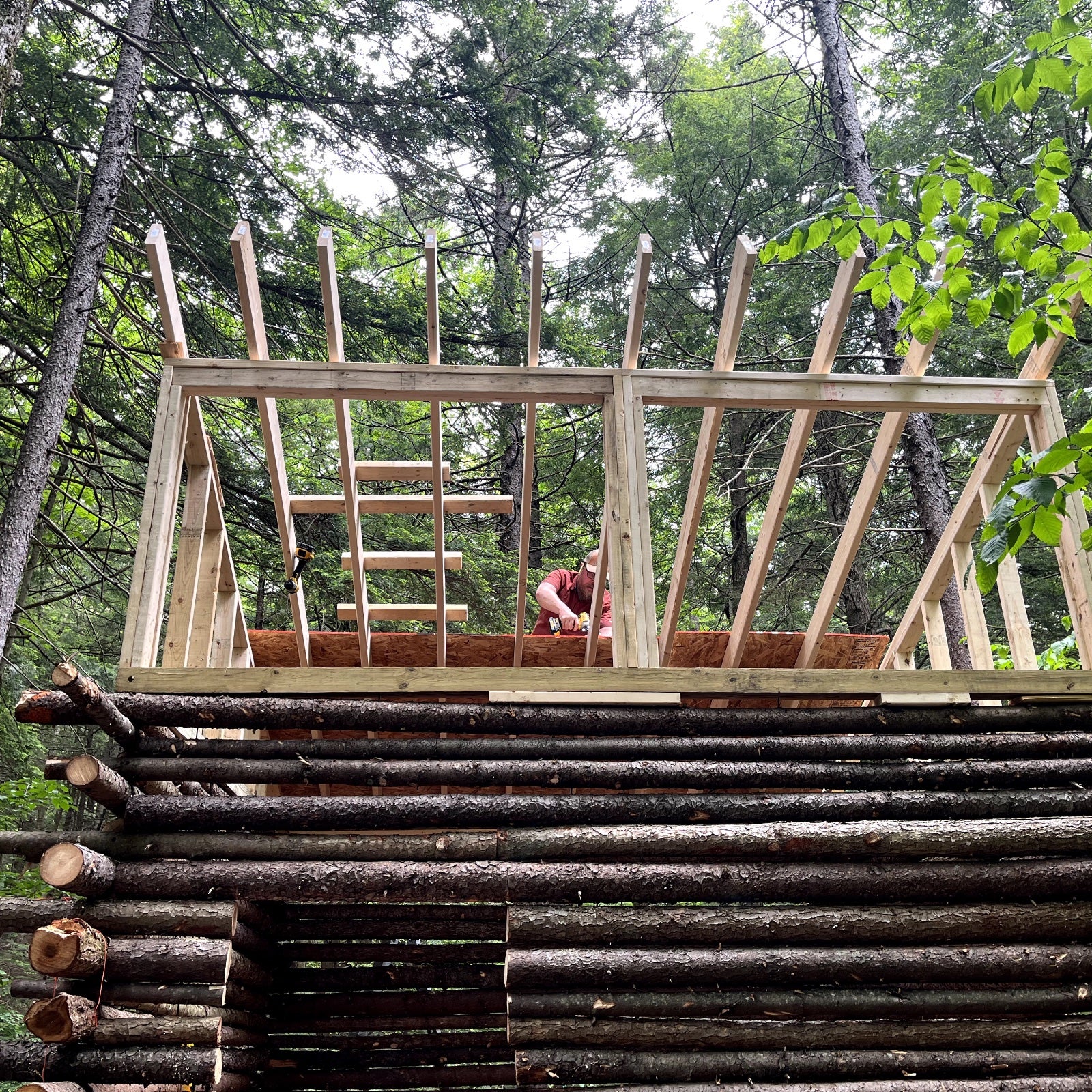Josh Drinkard always wanted to build his own cabin. Growing up in suburban New Jersey, heтАЩd wander to a small strip of woods near his childhood home and spend hours constructing forts and treehouses. When he moved to New Mexico as an adult, Drinkard, the IT Operations Manager at ╣·▓·│╘╣╧║┌┴╧ Inc., bought 2.5 acres of land in the mountain village of Truchas, about 30 miles north of Santa Fe. There, he took on his first effort at building a very simple cabin with the help of a friend who was an unlicensed contractor and taught Drinkard framing and building basics.
In 2021, Drinkard and his wife, Saraswati Khalsa, started looking at New England as a place to move once their three children were grown. After scouting around, they settled on 25 terraced, hardwood-filled acres near Halifax, Vermont, not far from the Massachusetts border.
Over the past three years, Drinkard has spent vacations building a cabin near Halifax, with the help of his wife, teenage son, and one of his daughters. After a cumulative seven weeks of effort, they can now stay there for long periods, although it still lacks internet service, a shower, and a toilet.
Learning the ins and outs of building a small log cabin in the woods is no small feat. We asked Drinkard to talk about what the project entailed and what skills are required to turn a cabin-building dream into a reality. This is what he learned.
How Big Is the Cabin?
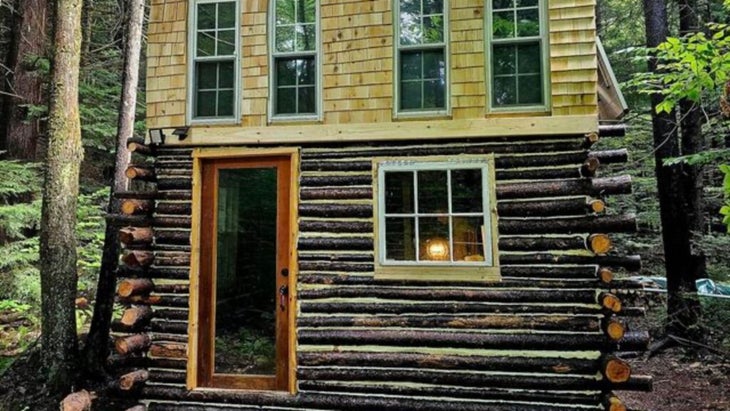
ItтАЩs still a work in progress, but right now itтАЩs a one-room cabin with a loft. Two people can sleep up there comfortably. The interior is just 12 feet squared. We use the lower room as the living room and kitchen. Another two people could sleep there with a foldable futon.
Why Did You Choose Vermont?
We bought this property without any services or electricity, so the price was below the national average per acre (which was about $3,000 at the time, according to Drinkard). I love the location and especially the lush green forests. We also love skiing and whitewater rafting and can do both near here; the closest mountain is Mount Snow, 18 miles north, and the closest flowing river is the Deerfield, to the west.
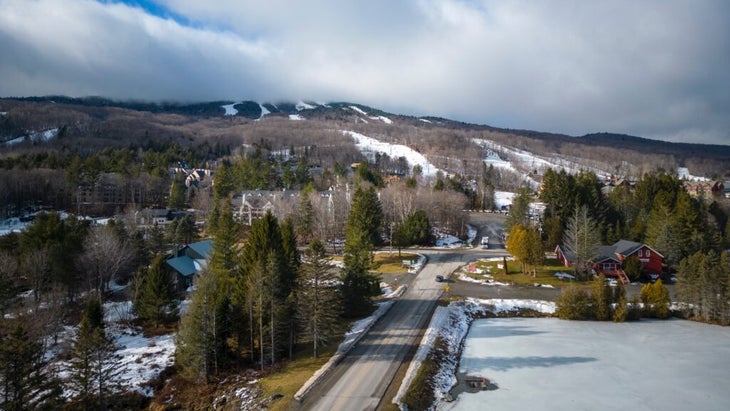
We liked that itтАЩs not far from a town with big-box storesтАФGreenfield, MassachusettsтАФand that you can catch a train from Brattleboro, Vermont, to New York City. We thought that if the kids are in college, or after, if they wanted to take a train up, that would be convenient.
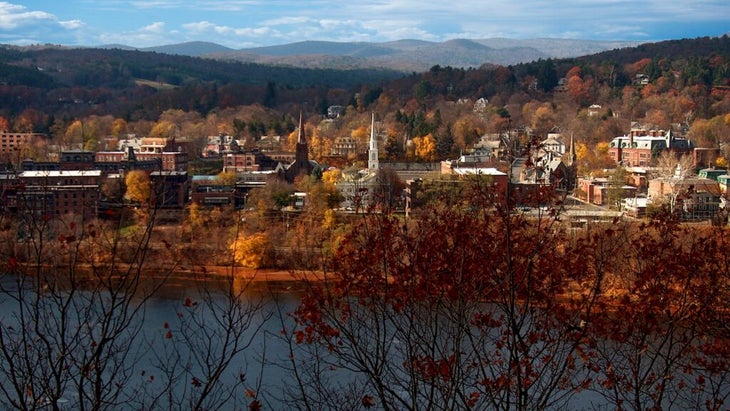
And I like Vermont in general. Everything has a small-town feel. There are no billboards. And itтАЩs similar to northern New Mexico in that itтАЩs rural and very liberal.
How Did You Get Started With the Build?
We found a spot that was flat and open. There was a little meadow on the property just big enough for a cabin, so we didnтАЩt have to clear it. We knew weтАЩd use the hemlock trees from the surrounding forest. I was told hemlock resists rot pretty well.
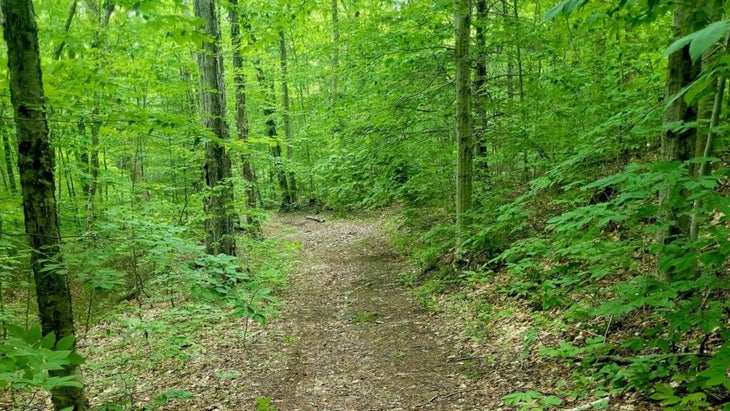
I knew IтАЩd have to find a cheap 4×4 vehicle to leave out there, and we only had a few thousand dollars to work with. In Vermont, good pickups in that price range were all rotted out, so I settled on an old Lincoln Navigator in New Mexico that had been stolen and recovered; its interior was beat to shit. I welded a receiver hitch in front, to use as a winch and a pushbar, and I also fabricated a roof rack big enough to haul 16-foot-long lumber and plywood sheets. Then I drove it out to Vermont.
We decided to use a to build the cabin after a lot of time looking at YouTube videos. Butt-and-pass cabins go up quickly, but the drawback is you need a ton of expensive lags to connect the walls to each other and each log to the ones below.

We used logs for the whole first level of the cabin. The first year, the family came out for four days and we felled trees and placed and leveled the bottom four logs. After they left, I stayed another six days on my own and threw up the first 12 rows of logsтАФthey werenтАЩt that heavyтАФplus the floor and a temporary roof to keep the snow out.
The next year, we got the structure height to about eight feet. At this point, we started using two-by-fours for the loft level. I traded an old laptop of mine for a bunch of small windows and a door.
After the entire structure dried, we hung shingles on the front. I installed a water-catchment system and solar panelsтАФboth are sustainable. We built the loft platform inside and scraped and sealed all of the logs. And I built a small shed with scrap materials and installed more windows on the first floor.
What Was the Hardest Part?
Felling trees for the logs and dragging them around 100 yards to the build site was exhausting. And IтАЩm not in awful shape.
Using a , we took down 30 to 40 relatively straight, light trees on the first trip out, but they kept getting hung up in the tight forest canopy. Then we cut these to 12 and 16 feet and dragged them to the site. It took a few days. The next time we were there, the following July, we cut another 30 or 40 trees.
Does the Cabin Have Plumbing and Electricity?
One of the last things I did when I was there was put in a . The rainwater goes from the roof to a gutter and through a small-screen filter to a 300-gallon IBC (intermediate builk container) tank. The tank was repurposedтАФit used to hold soy sauceтАФand someone sold it to me. IтАЩm gonna have to plumb from that tank to a sink and an outside shower. ThereтАЩs no toiletтАФwe probably will get an outhouse but right now weтАЩre using a bucket with a toilet seat on top.
тАЬExcept for needing help fixing the road, we were able to do everything on our own.тАЭ
For electricity, I have a small solar setup: two 100-watt panels and a solar battery thatтАЩs good enough to charge things and for basic lighting. The great thing about these is theyтАЩre upgradable; I just need to get more batteries and panels to turn it into something more robust that could handle, like, a fridge.
What About Heat?
I brought out a woodstove from New Mexico but decided itтАЩs too big and that it would heat us outтАФthatтАЩs a mistake I made with the cabin in Truchas, tooтАФso IтАЩll probably buy a small one.
Did You Have to Troubleshoot Any Unforeseen Issues?
It rained a lot one trip, in July, and the road, which is unmaintained, was turning into a rutted off-camber mess. I was having to winch up in several places, and I blew out the NavigatorтАЩs 4×4 low. So we found a local heavy-equipment operator and hired him to take down some trees and smooth out the road.┬аBut this is an investment for us. Having a small functional cabin with a roughed-in road will increase the property value by more than what weтАЩve spent.
Also, except for the initial time I drove the navigator out, weтАЩve flown. And every time, we fly with the power tools. I check the chainsaw, the circular saw. You canтАЩt check the batteries, so I have to carry those on.
How Did You Cut Costs?
One of our challenges was thinking up a good chinking method that wouldnтАЩt take an entire month. There are maybe 80 trees in the structureтАФbecause they were smaller in diameter, we needed more, which also meant 80 gaps to fill. Concrete mortar was out, because we didnтАЩt want to haul water up from the stream and mix cement. was out, because itтАЩs too expensive. So we used a product called . This is a spray foam with a component that tastes sour, so bugs and rats donтАЩt want to chew through it.
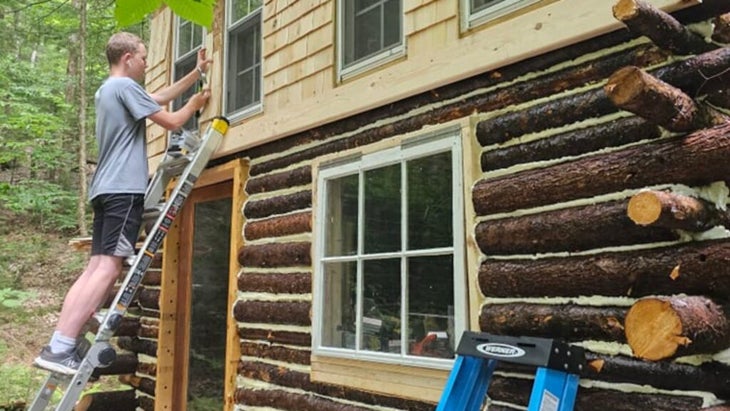
Pestblock worked better than I imagined, but itтАЩs gonna yellow real bad and IтАЩll likely have to paint it. I tried putting floor polish over it, to keep the gray color, but it didnтАЩt work.
Also, we didnтАЩt strip the bark off the logs. It looks cool, but bark holds moisture and the logs can rot. After we completed the first floor, they sat for a year, and I thought that if we wire-brushed the logs after a year or so, we could then use floor polish to seal them. So far thatтАЩs been working great, but only time will tell if we have any rot. I might know in a few years.
We also stayed in a nearby campground much of the time when we were working on the cabin.
Did Your Family Like Being Involved?

We just gave my son, Mason, a nice RAV4, so we forced him to come out and be our indentured servant. After the second trip, he told me IтАЩd worked him pretty hard but that he had a great time. He can do most jobs independently after a little training. One of our daughters also did a lot of work the first visit, carrying logs.
Saraswati, my wife, is really good at certain things like angles or eyeballing whether something is level. My eyes are awful. Also, I can have a short fuse. At the beginning, IтАЩm fine, but after a week, it grows shorter. And Saraswati will really push to get things done when IтАЩm ready to quit, so we get a lot more done when sheтАЩs around.
On the flip side, I have to bring her back down to earth on structural realities. SheтАЩs always form over function, and IтАЩm the opposite. For example, we had a full-size door, but I realized that fitting it would cut too many logs on one side and compromise the structure. So we had a bit of a fight about that, because I wanted to cut the door and make it shorter. ThatтАЩs what we ended up doing.
What Are You Proudest Of About the Cabin?
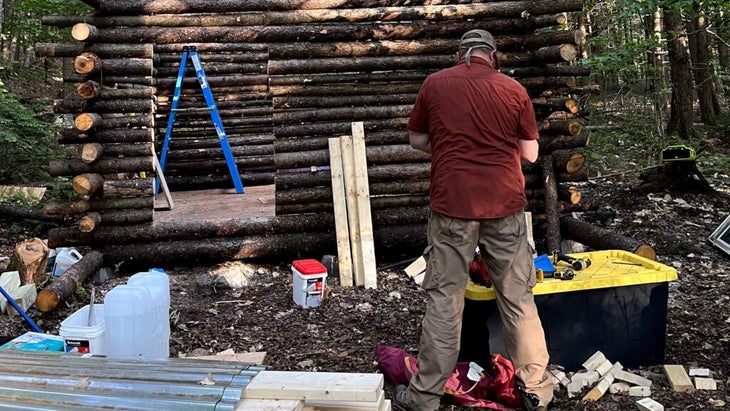
We did this on the cheap and havenтАЩt splurged on anything so farтАФthough having internet out there will be a splurge. The cabinтАЩs a pretty basic structure, but IтАЩm OK with that. And except for needing help fixing the road, we were able to do everything on our own. ThereтАЩs no cell-phone access out there, so if you run into a jam, you just have to figure it out.
Estimated Costs for the Cabin
Land and Annual Taxes: $78,000
Building Supplies: $8,000
Driveway: $7,000
Eventual Internet Setup: $700
Flights, food, fees to stay in the nearby campground before the cabin was ready: $5,000
Total: $98,700
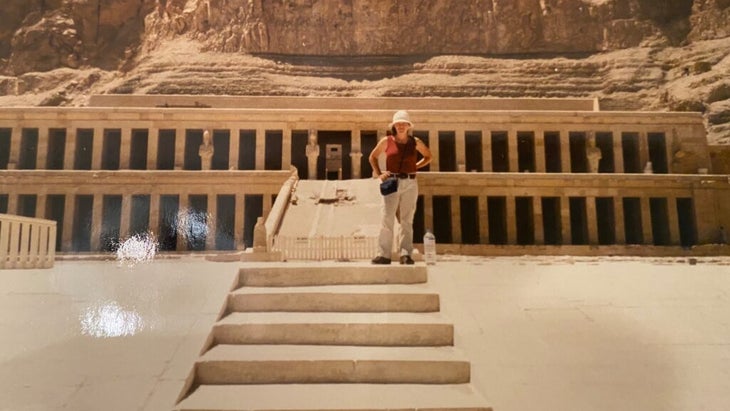
Tasha Zemke is ░┐│▄│┘▓є╛▒╗х▒ЁтАЩs managing editor and a member of ╣·▓·│╘╣╧║┌┴╧ OnlineтАЩs travel team. She appreciates beautiful, and especially ancient, architecture but canтАЩt imagine building a structure of any kind, given her loathing of giant home-improvement stores.

